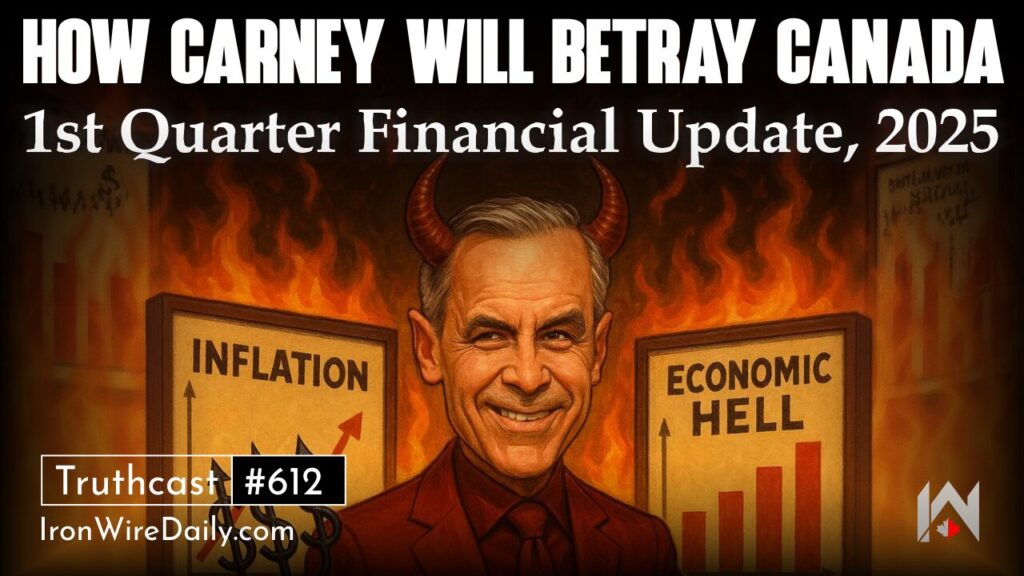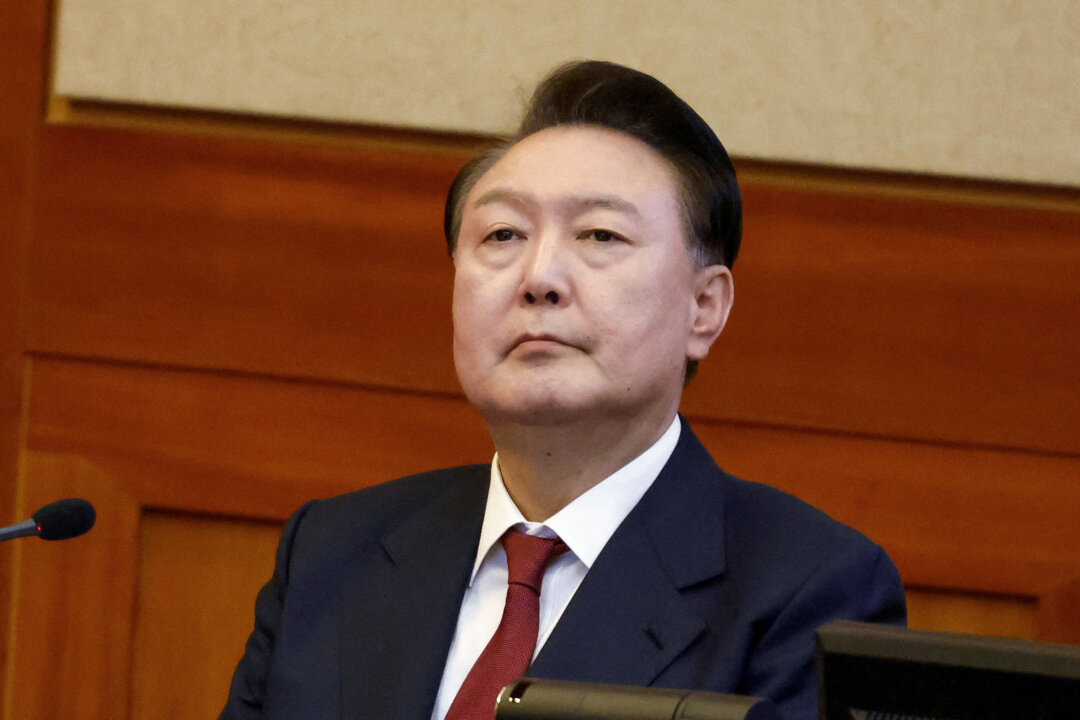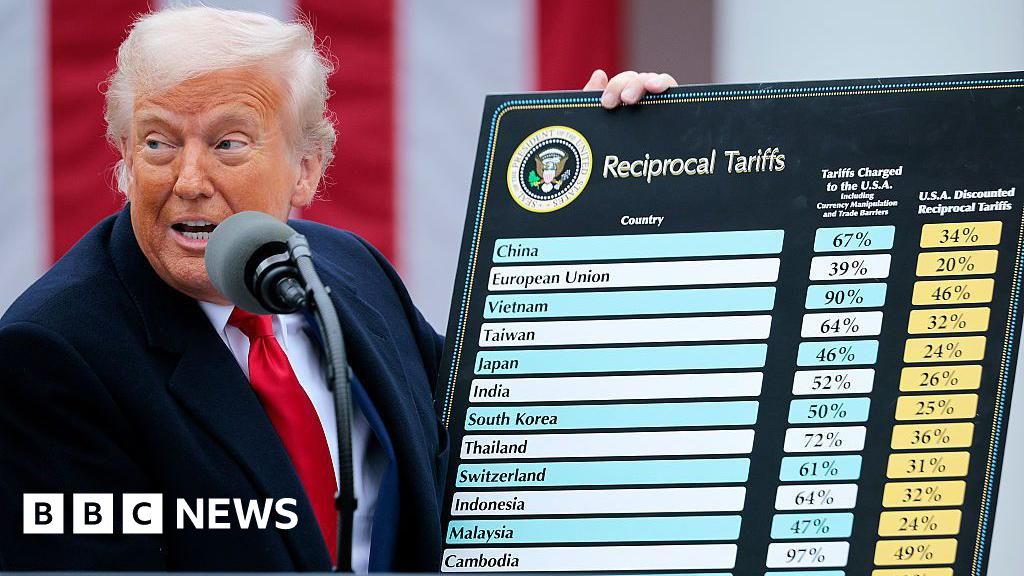Trump Unveils Global Tariffs Blitz



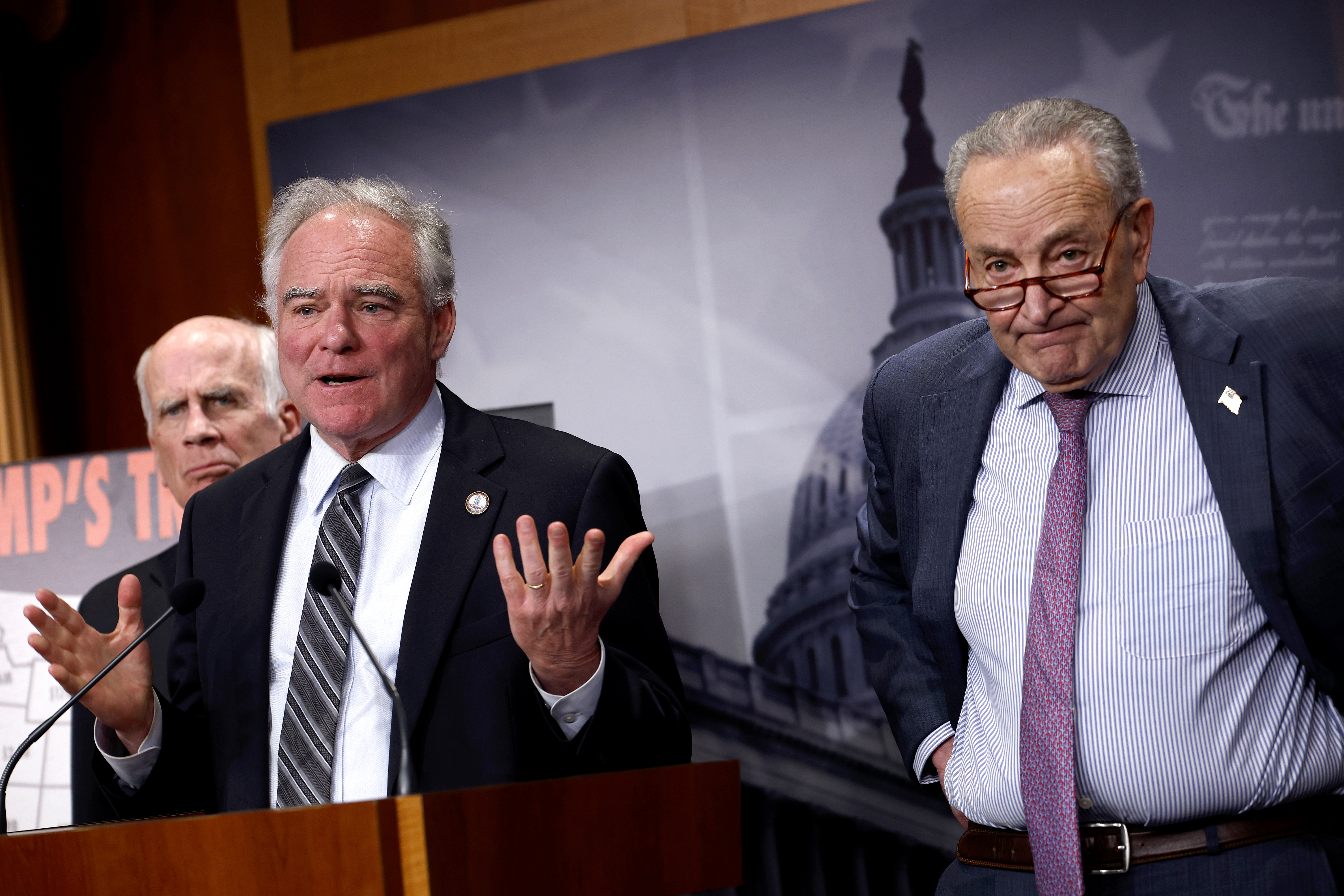
Senate efforts to overturn President Donald Trump’s tariffs on Canadian goods entering the United States succeeded in a symbolic move.
S.J. Res. 37, legislation introduced by Sen. Tim Kaine (D-Va.) to scrap the 1977 International Emergency Economic Powers Act (IEEPA), was approved in a 51-48 vote.
Four Republicans—Sens. Rand Paul (R-Ky.), Susan Collins (R-Maine), Lisa Murkowski (R-Alaska) and Mitch McConnell (R-Ky.)—voted with Democrats to pass the measure.


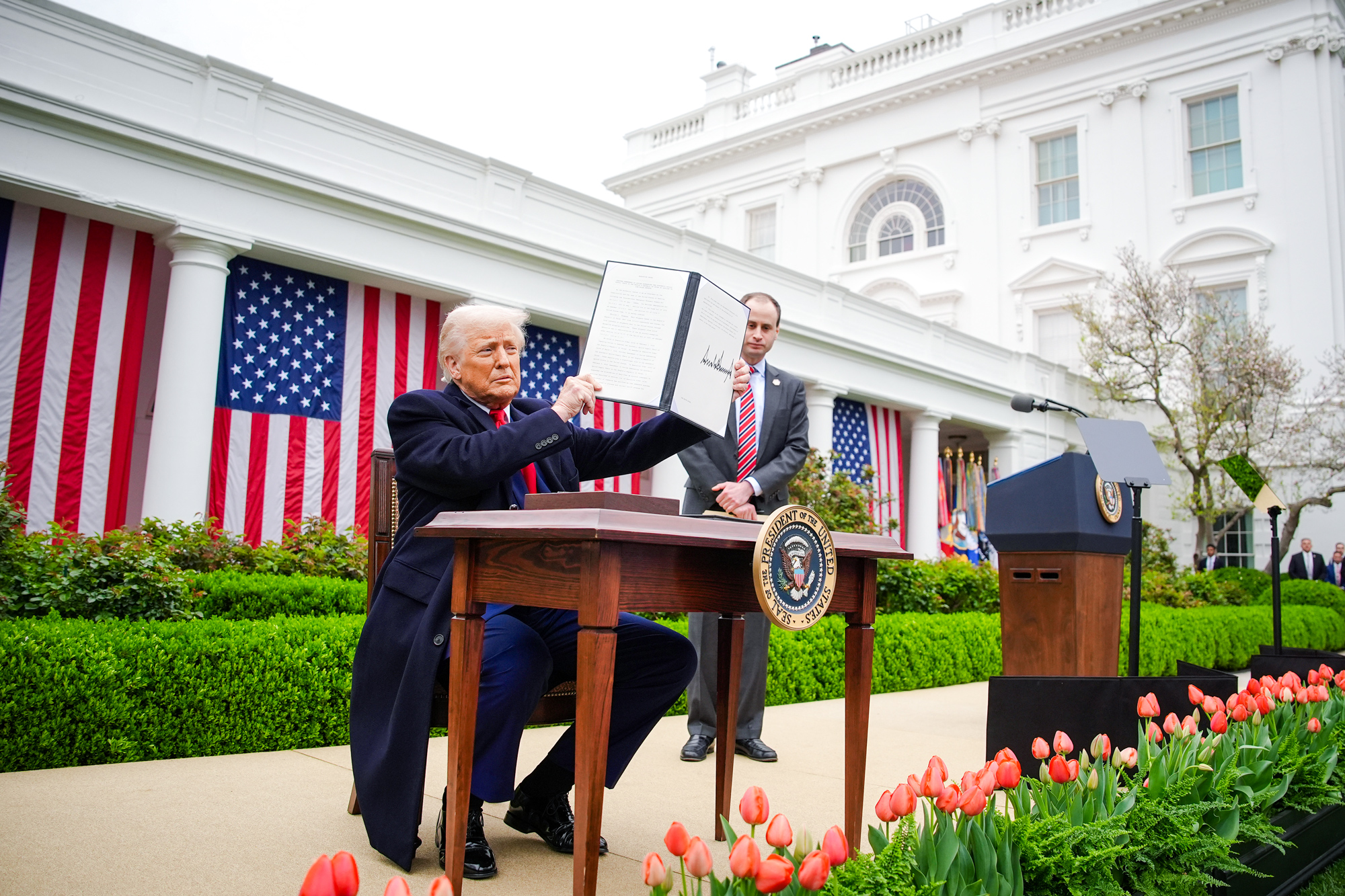
WASHINGTON—Just 72 days after taking office, President Donald Trump announced on April 2 sweeping trade policy changes, introducing what he called “reciprocal tariffs” for all countries and declaring it “Liberation Day in America.”
For decades, the United States has kept low trade barriers, promoting free trade agreements with minimal or zero tariffs—at least on its part. Those days are now over.
At a White House event, Trump presented a large chart outlining baseline and reciprocal tariff rates trading partners now face in attempts to balance their high trade barriers against U.S. goods. The rates include a flat 10 percent levy, along with additional rates tailored to match each nation’s trade barriers on America.

,
Senate efforts to overturn President Donald Trump’s tariffs on Canadian goods entering the United States succeeded in a symbolic move.
S.J. Res. 37, legislation introduced by Sen. Tim Kaine (D-Va.) to scrap the 1977 International Emergency Economic Powers Act (IEEPA), was approved in a 51-48 vote.
Four Republicans—Sens. Rand Paul (R-Ky.), Susan Collins (R-Maine), Lisa Murkowski (R-Alaska) and Mitch McConnell (R-Ky.)—voted with Democrats to pass the measure.
,
WASHINGTON—Just 72 days after taking office, President Donald Trump announced on April 2 sweeping trade policy changes, introducing what he called “reciprocal tariffs” for all countries and declaring it “Liberation Day in America.”
For decades, the United States has kept low trade barriers, promoting free trade agreements with minimal or zero tariffs—at least on its part. Those days are now over.
At a White House event, Trump presented a large chart outlining baseline and reciprocal tariff rates trading partners now face in attempts to balance their high trade barriers against U.S. goods. The rates include a flat 10 percent levy, along with additional rates tailored to match each nation’s trade barriers on America.




